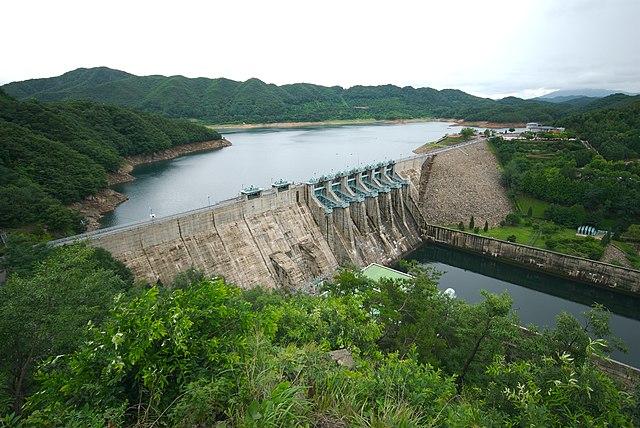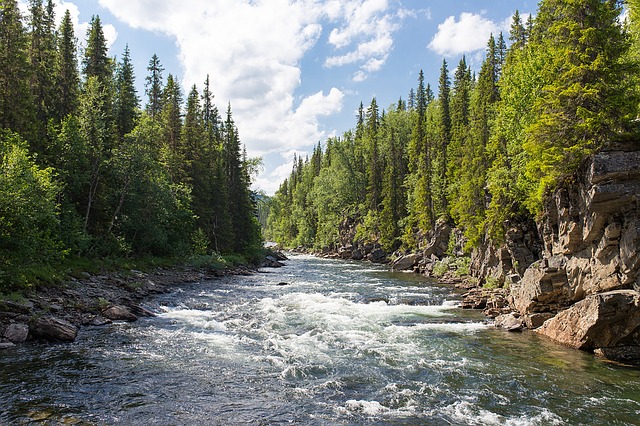 Hydropower dams, or dams that produce electricity from water, are sources of renewable energy that are considered good for the environment.
Hydropower dams, or dams that produce electricity from water, are sources of renewable energy that are considered good for the environment.
However, the recent destruction of a hydro dam in Norway reveals that sometimes these ‘green’ dams can have a negative impact on ecosystems.
A campaign by fisher Tore Solbakken and 120 other members of a Norwegian angling club urged the Norwegian government to destroy the dam in order to restore local fish populations to their ecosystems.
Responding to the campaign, the government agreed to bear the 3.4m kroner cost to destroy the dam, and earlier this month, a small team blew up the dam with dynamite.
Impact on Ecosystems
 The seven-meter dam, located in the Norwegian town of Fåvang, has been out of use for over 5 decades since its construction in 1916. It has since blocked the migratory routes of many of the local fish, including grayling, burbot, and Alpine bullhead, who have not been able to swim upstream.
The seven-meter dam, located in the Norwegian town of Fåvang, has been out of use for over 5 decades since its construction in 1916. It has since blocked the migratory routes of many of the local fish, including grayling, burbot, and Alpine bullhead, who have not been able to swim upstream.
According to the founder of the World Fish Migration Foundation, Herman Wanningen, “Some fish species… travel thousands of kilometers to complete their life cycle”. Dams can block freshwater fish from moving along rivers between their feeding and breeding grounds, interfering in their life cycles and their ability to reproduce.
In addition to serving as a pathway for species of migratory fish, free-flowing rivers also deposit nutrient-rich sediment on shores, which is essential for farming. This sediment is also swept to the shores and coast, where it acts as a natural barrier against rising water levels and flooding.
The location of certain dams can also threaten wetland ecosystems, where marshes, estuaries, and mangroves house dozens of species of wildlife, many of which are endangered.
What’s Next?
The destruction of the century-old dam in Fåvang will open up routes for one of the most common local species, lake-dwelling trout, to swim a thousand meters upstream after breeding. However, the elimination of this dam is only the first step in preserving freshwater river environments.
Many dams, both dormant and active, are being increasingly recognized for obstructing productive ecosystems. As a result, a European project called the Open Rivers Program was founded to fund the removal of unused small dams, aiding the rehabilitation of free-flowing river ecosystems.
Experts estimate that there are over 1.2 million instream barriers in Europe that block the natural routes of migratory species, causing a steep decline in their populations. The European Commission recently published a goal of restoring 25,000 km of rivers blocked by these dams by 2030.
Through the removal of obsolete dams, experts hope that crucial free-flowing river habitats will be restored within the next decade.
Sources: Guardian, NOAA, Yale.edu, eia.gov







